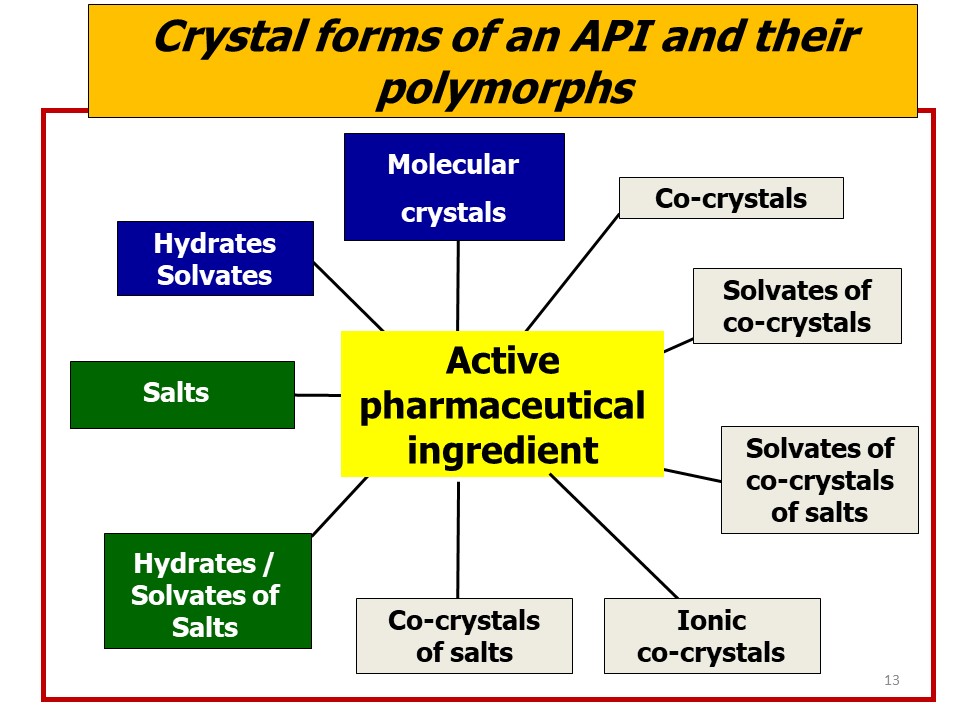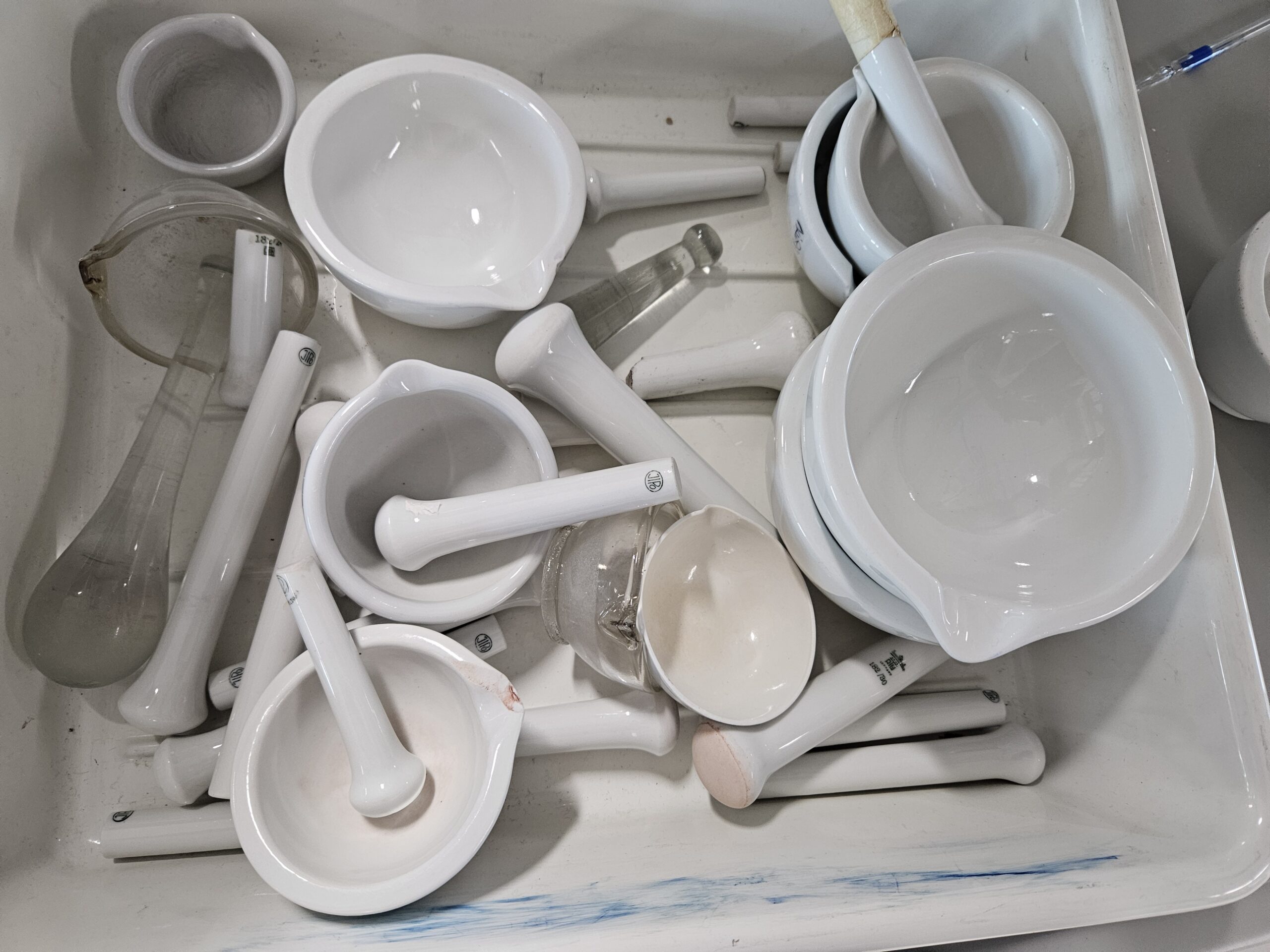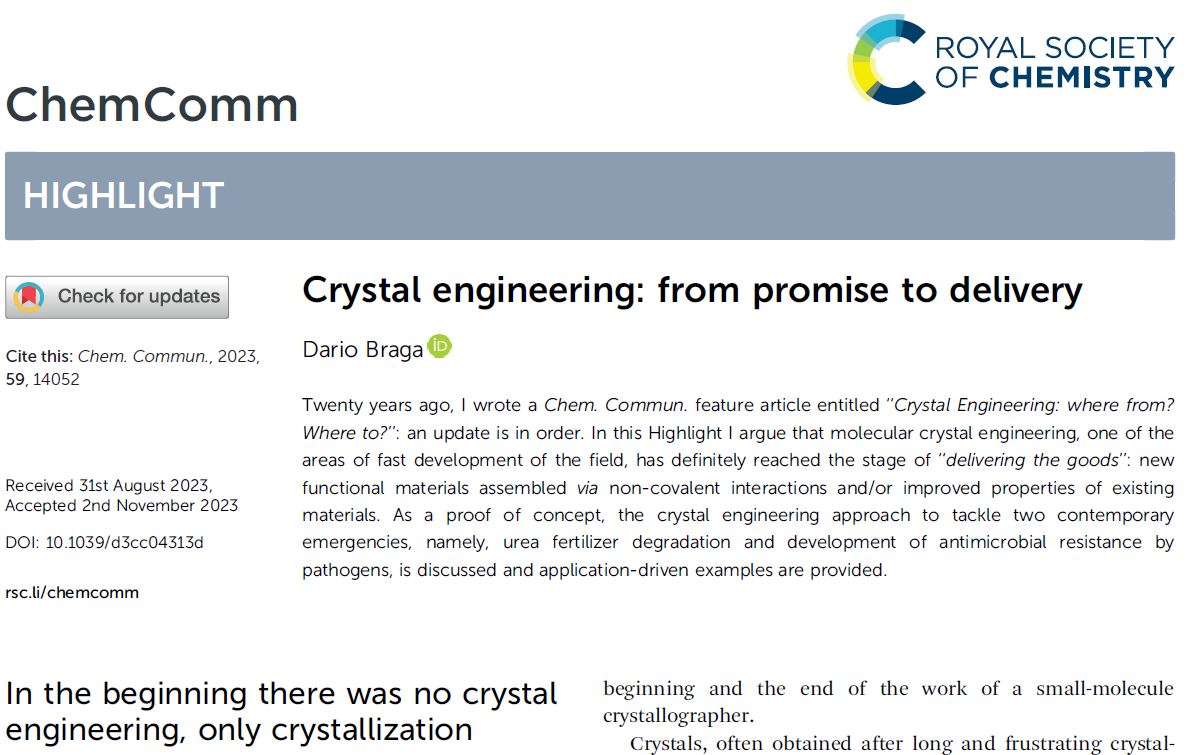Antimicrobial resistance (AMR), the condition in which bacteria, viruses, parasites, and fungi no longer respond to medication. The development of antimicrobial resistancev(AMR) in pathogenic microorganisms is caused by the overuse of antimicrobials not only in the treatment of humans and animals but also in agriculture. The rates at which clinically and agriculturally relevant pathogens are gaining resistance towards treatment with available antimicrobials are outpacing the rates at which new antimicrobials arrive to the market.WHO now considers AMR the “hidden pandemic”, with a gloomy expectation of millions of human deaths per year by 2050.
This huge problem is being addressed in different ways: 1) search for novel therapeutic strategies, 2) strengthening or revitalizing of “exhausted” drugs, and 3) increasing the strength of the biofilm barriers to penetration and spread of pathogens from the environment. Clearly, strategies 2 and 3, and, to some extent also strategy 1, are all very suitable for a crystal engineering approach.
The figure shows the comparison of minimimal inhibitory concentrations for starting materials and co-crystals of proflavine, a well know antimicrobial, with silver and copper salts.

This research line is pursued in collaboration with the groups of Ray J. Turner (University of Calgary)
On a different line of research co-crystals of well known antibiotics, such as cephalexin, cefradine, and cefaclor, and cyprofloxacin with natural antimicrobials such as carvacrol and thymol have been prepared and tested in collaboration with the groups of Vittorio Sambri (University of Bologna), Vincenzo Scarlato, Davide Roncarati (University of Bologna).





